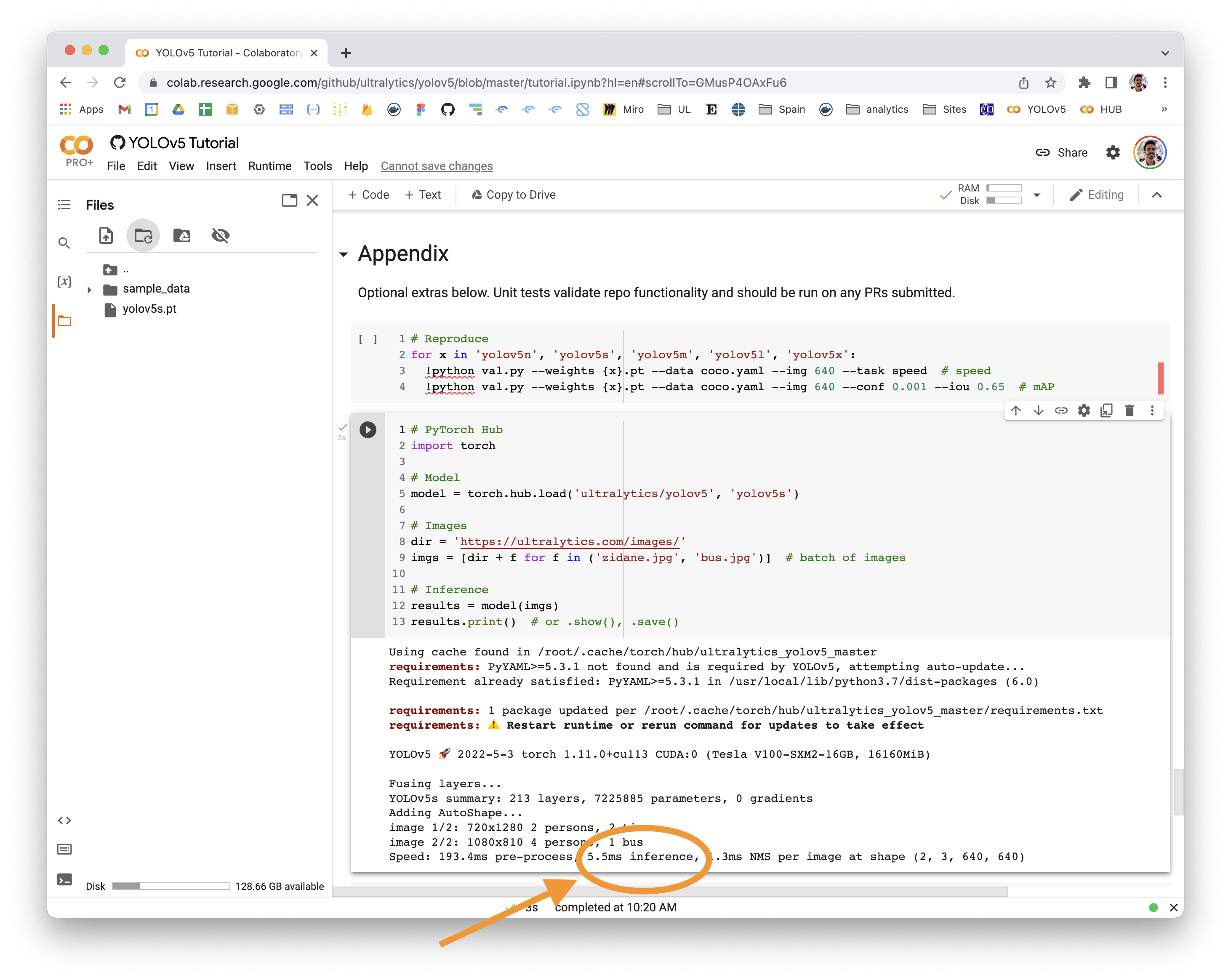👋 Hello @bgyooPtr, thank you for your interest in YOLOv5 🚀! Please visit our ⭐️ Tutorials to get started, where you can find quickstart guides for simple tasks like Custom Data Training all the way to advanced concepts like Hyperparameter Evolution.
If this is a 🐛 Bug Report, please provide screenshots and minimum viable code to reproduce your issue, otherwise we can not help you.
If this is a custom training ❓ Question, please provide as much information as possible, including dataset images, training logs, screenshots, and a public link to online W&B logging if available.
For business inquiries or professional support requests please visit https://ultralytics.com or email support@ultralytics.com.
Requirements
Python>=3.7.0 with all requirements.txt installed including PyTorch>=1.7. To get started:
git clone https://github.com/ultralytics/yolov5 # clone
cd yolov5
pip install -r requirements.txt # installEnvironments
YOLOv5 may be run in any of the following up-to-date verified environments (with all dependencies including CUDA/CUDNN, Python and PyTorch preinstalled):
- Notebooks with free GPU:
- Google Cloud Deep Learning VM. See GCP Quickstart Guide
- Amazon Deep Learning AMI. See AWS Quickstart Guide
- Docker Image. See Docker Quickstart Guide
Status
If this badge is green, all YOLOv5 GitHub Actions Continuous Integration (CI) tests are currently passing. CI tests verify correct operation of YOLOv5 training, validation, inference, export and benchmarks on MacOS, Windows, and Ubuntu every 24 hours and on every commit.





Search before asking
YOLOv5 Component
Detection, Integrations
Bug
When executing real-time prediction using Realsense d415, there is a big difference in speed depending on the camera fps. The higher the camera FPS, the slower the inference speed. Obviously, I wonder why this happens even though the function that reads data is composed of threads.
Environment
Fusing layers... Model summary: 157 layers, 1760518 parameters, 0 gradients, 4.1 GFLOPs WARNING ⚠️ --img-size [500, 500] must be multiple of max stride 32, updating to [512, 512]
Minimal Reproducible Example
Additional
No response
Are you willing to submit a PR?